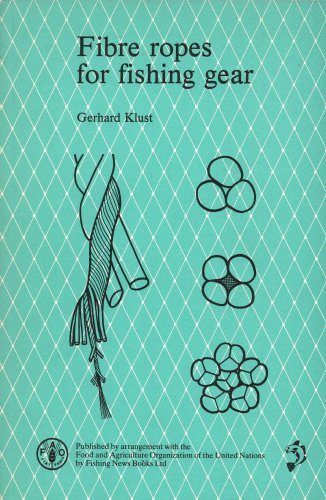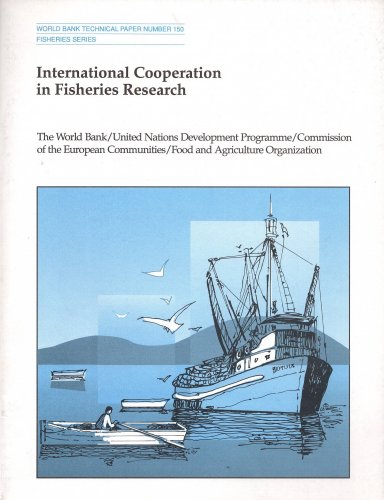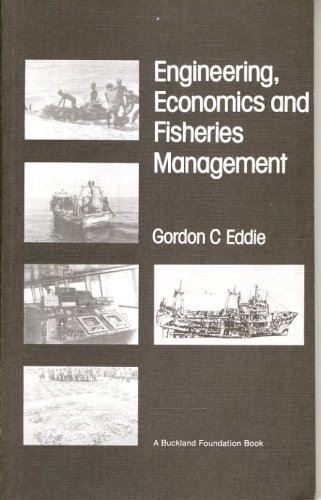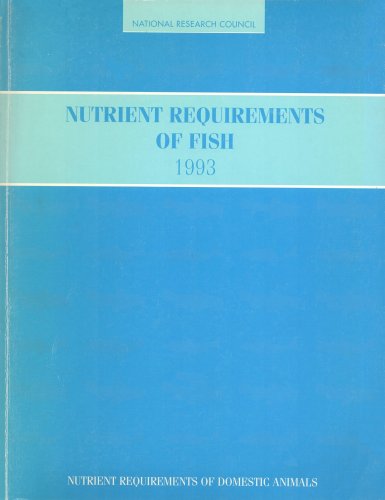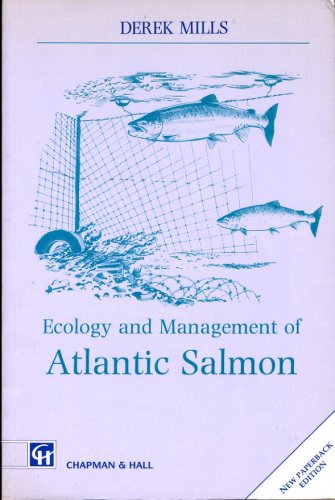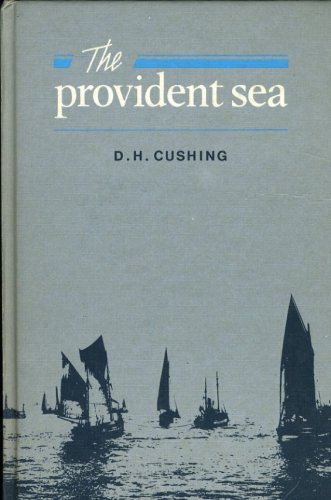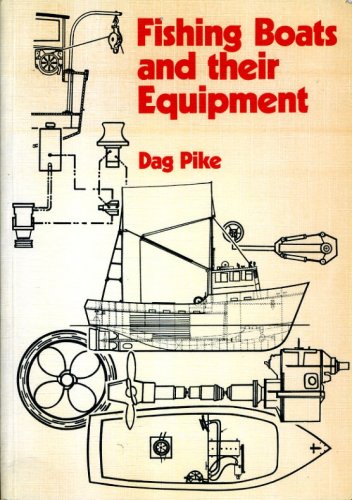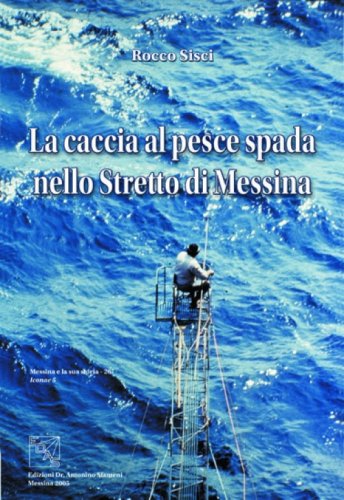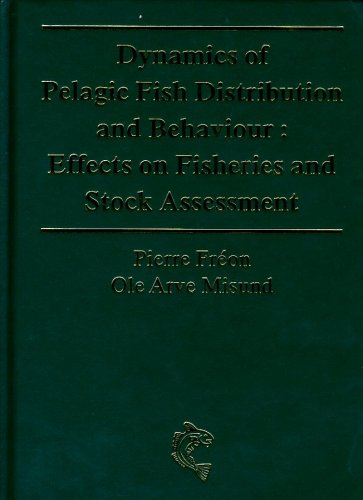Fibre ropes for fishing gear
Fibre ropes for fishing gear
- Disponibile in 48 ore
- Possibilità di reso entro 10 giorni lavorativi
- Transazione sicura con carta di credito, Paypal o bonifico bancario
- Spedizione tracciata con SDA
Ropes are obviously essential for both fishing vessels and fishing gear. Ropes provide the frame through which netting is converted into a fishing gear capable of catching fish. Examples are gill nets, trammel nets, seines and lift nets. The wings and the mouth of trawl nets, of bottom seines and of stow nets also require a frame made of rope. Another function is the closing of fishing gear to prevent the escape of fish, such as the codline for closing the codend of trawl nets and the purse line of a purse seine. Fishing gears which are hauled, towed or set in a current such as beach seines, Danish or Scottish seines, trawls and stow nets, require towing or holding ropes. For beach and other bottom seines the very long hauling ropes serve at the same time to shepherd and guide the fish into the net. Unlike larger and more powerful trawlers with real trawl winches which use steel wire rope, many smaller trawlers, fishing in shallow water, use fibre ropes as warps which are hauled by hand or with simple capstans. Most trawl nets are equipped with strengthening ropes which are meant to relieve the netting from a significant part of the mechanical forces so that it can be made lighter. This applies, in particular, to midwater trawls where light netting is required to reduce towing resistance. For hook and line gear and harpoons, ropes are actually the main component. In spite of the significance of ropes for fishing gear, the knowledge of fishermen and netmakers of the different types of ropes and their characteristics is often not sufficient to enable optimum selection and utilization. This is at least partly due to the lack of easily accessible literature on fishing applications of ropes, which is adapted to the needs of producers and fishing operators. This manual attempts to close this gap by providing essential information on material, construction, properties, treatment for the main types of ropes, and also guidance for proper selection and application for different types of fishing gear. The scope of this manual is restricted to textile fibre ropes and combination ropes consisting of fibre yarns and steel wire. Although steel wire ropes are essential for certain fisheries, they have not been included because adequate information on structure and subsequent properties is readily available from several suppliers' booklets. To some extent this manual is complementary to the FAO Fishing Manual on Netting materials for fishing gear by the same author, but there is some unavoidable overlap which has to be accepted if both manuals are to stand on their own.

